How to feed geraniums at home?
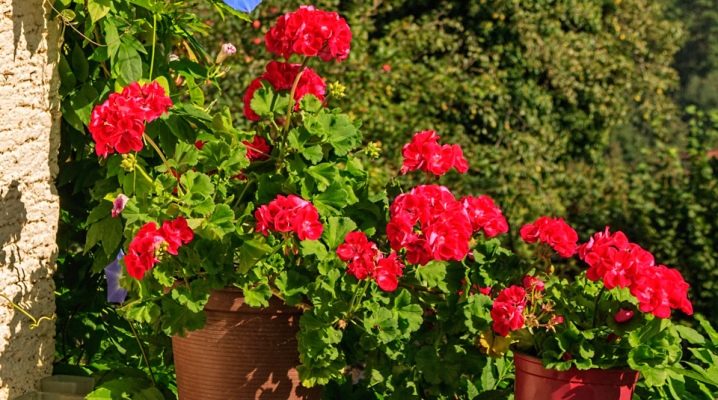
Today, many are engaged in the cultivation of indoor plants. Of great interest is pelargonium, which is commonly called geranium. It is worth noting that although pelargonium belongs to geraniums, it still remains a separate species. We will take a closer look at how you can feed pelargonium at home, but since many people call this plant geranium, it will also adhere to this familiar name.
Features of seasonal feeding
Top dressing is a very important element of the care of every plant. Usually, the nutritional composition depends not only on the plant you feed, but also on the season. It is very important to stick to the fertilizer dosage, as it can cause even more damage to the flower. Professionals emphasize that geranium by its appearance shows the effect of fertilizers on its condition. So, if the leaves begin to wither and turn yellow, then this is a sign that the plant is receiving quite a lot of nutrients. Do not exceed the allowed amount.
Important! Fertilizers containing nitrogen can only be used after the geranium pruning procedure, because it is they that allow the plant to recover as soon as possible after removing branches.
To properly and regularly feed geraniums, you do not need to spend a lot of money or effort. It is worth adhering to the established dosage, adding minerals and adding a little iodine to the water for irrigation. All these actions will allow the flower to decorate the house with a luxurious and long-lasting flowering.
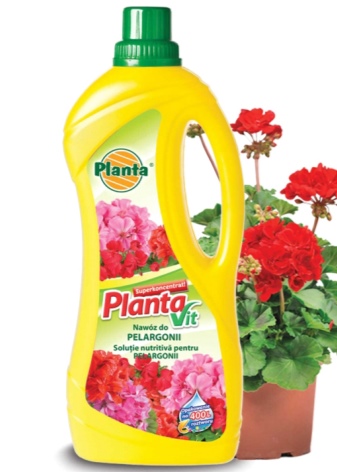
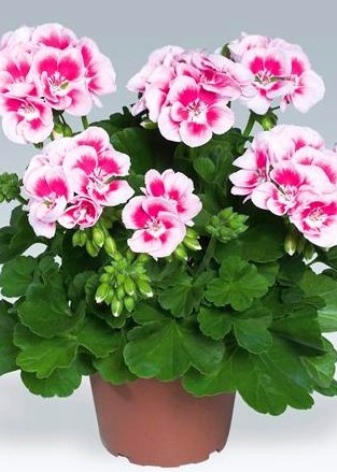
So, the period of the year plays an important role in the choice of fertilizers. In the autumn-winter period, many experts recommend, in general, to abandon feeding, although some use fertilizers, but their amount is halved. Already in the spring, the number of dressings increases significantly - they should be done once every 2 weeks. Geraniums are worth recuperating after winter. Spring fertilization is simply necessary if the plant begins to bloom.
And, of course, a strict dosage should be adhered to. In the spring, nitrogen fertilizers are used to feed geraniums. They allow you to quickly recuperate after a “half-asleep state”. Organic or complex mineral fertilizers should be used every two weeks. Many people use folk recipes, which will be discussed below.
Since geranium blooms throughout the summer, it requires regular feeding, which should be done every 12-14 days. Many types of geraniums go into a "dormant" mode in the fall, no longer needing a large amount of nutrients. Beginning in September, fertilization stops abruptly. For other species, fertilization is suitable only 1 time per month and a half.
In the winter season, it is worth giving the plant a rest. Geranium needs rest, which is exactly calmness. If the conditions for keeping geraniums include low temperature conditions, then fertilizers should be abandoned.
In a dry room, where the temperature is usually more than +22 degrees, it is worth making one top dressing in the middle of winter, while only half of the usual dose of mineral fertilizer is required.


Fixed assets
When choosing fertilizers for feeding geraniums, you should be very careful, since this plant suffers from organic matter. It is worth choosing mineral supplements. You should go to a specialized store, where a wide range of fertilizers is accurately represented.Although sometimes there are universal remedies that are suitable for all flowering plants. Before buying, you should carefully read the composition of the drug so as not to harm the plant.
Fertilizer for geraniums should include such components as:
- potassium;
- nitrogen;
- calcium;
- iron;
- zinc;
- phosphorus;
- boron;
- manganese;
- copper.
Gardeners use various additives that can be roughly divided into several groups.
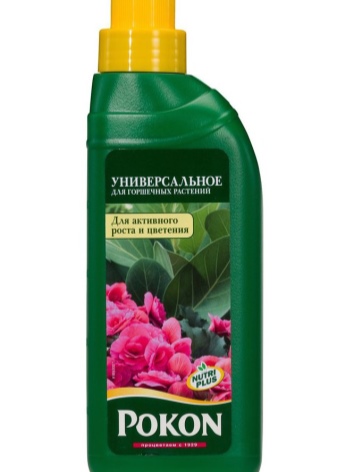

Ready
In modern stores, you can find many options for feeding geraniums, including dry ones. If you need to feed in the spring, then the preparations should also include nitrogen. With its help, geraniums will quickly build up a green mass and have time to prepare for flowering.
Pharmacy products deserve special attention, because for the preparation of good feeding, you can buy vitamins at a pharmacy - vitamins of group B are used. B12 (cyanocobalamin) is often used to feed a flower. The vitamin is diluted in water before use. So, one ampoule is enough for 2 liters of water. This solution should be used to water the already moist soil of the flower.
After 3 weeks, you can repeat the feeding, but using another vitamin of group B, for example, B1 or B6. The challenge is that the plant must receive all 3 vitamins.
Moreover, in this sequence, they can be used throughout the spring and summer. Such a complex will improve the appearance of the plant and enhance its immune qualities.

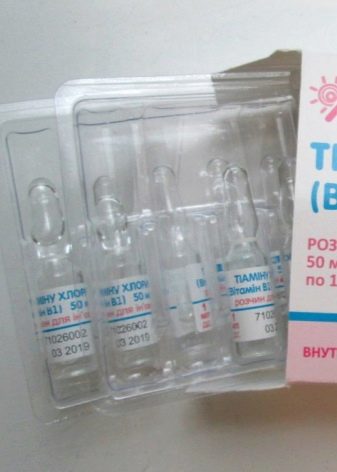
Folk remedies
Many flower growers do not like to buy ready-made preparations. They make their own fertilizers from what is at hand. For example, to prolong the flowering process of geraniums, you should pay attention to several recipes.
- Milk mixture. Dissolve 100 ml of milk in 1 liter of water. This solution must be applied 3-4 times throughout the month, while not forgetting about the usual watering. You can alternate them to achieve the desired result.
- Ash solution. It is necessary to take and mix the soil with ash, while the components must be dry, then add water. Using this recipe, you can provide the plant with the necessary amount of potassium.
- Iodine solution. This element will help both improve the growth of the plant and get a beautiful and abundant flowering. To prepare such a stimulant, it is worth dissolving only 2 drops of iodine in 1 liter of water. The procedure is recommended to be performed once every 3 weeks. More frequent use of top dressing will lead to severe burns and death of the flower.



Fertilization rules
If you adhere to the simple rules of fertilization, then geranium will always be healthy and beautiful.
For lush bloom
To achieve abundant flowering, you need to provide the plant with nutrients such as potassium, nitrogen and phosphorus. In order for geranium to bloom at home, it is worth ensuring the presence of such elements in the soil as:
- manganese;
- copper;
- zinc;
- magnesium;
- iron;
- boron;
- phosphorus.
When forming buds or at the beginning of flowering, it will be useful to use calcium for feeding. It is necessary to sprinkle the soil in which the geranium grows, with eggshell, previously ground, or with chalk.
Do not forget to sometimes water it with a few drops of iodine. This method is fairly simple and cheap. When the geranium has faded, you can immediately start watering with iodine. This method can be used even in January. It is enough to use such a solution once every 2 weeks.
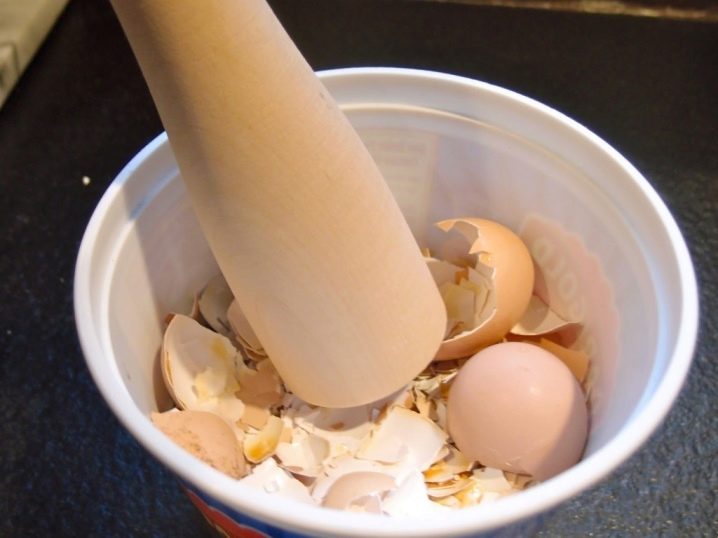
Plant growth and active flowering are often stimulated by a castor oil solution. You only need to add 1 teaspoon of oil to 1 liter of water. Geraniums should be fed by watering at the root or spraying the leaves. Gardeners recommend using rainwater for irrigation, since it has more nutrients than ordinary water.
Very often, for the summer, geraniums are transplanted to an open-air garden bed, and they are taken out in a pot on a terrace, balcony or veranda.In this case, it is better to use compost or humus for feeding. The procedure is worth doing once every 3 weeks. Such feeding allows you to increase the number of flowers and make them bright, strengthen the plant and increase immunity.
For abundant flowering, magnesium sulfate is often used. It is presented in the form of crystals. To begin with, they should be dissolved in water, and then proceed to watering the plant.

For leaf care
If the geranium looks "tired", you should spray the flower with hydrogen peroxide solution. To prepare it, add 2 tablespoons of 3% hydrogen peroxide to 1 liter of water. You can not only spray the leaves with it, but also water the soil.
If the leaves turn yellow in pelargonium, you should pay attention to feeding with milk... To create a milk solution, mix 100 ml of milk and 1 liter of water. It is recommended to alternate regular watering with milk watering.
If the leaves of pelargonium become almost white, then you should definitely apply the room fertilizer "Agricola". It contains all the necessary trace elements to restore the leaves to their original beauty. Only 2–2.5 grams of Agricola should be dissolved in 1 liter of water.

For seedlings
Young plants definitely require feeding for active growth. Initially, seedlings grow in cups without fertilizers. When the plant already has a strengthened root system, while its roots are visible through the walls of the cup, you can transplant the seedlings into larger pots. The best option is a container with a diameter of 8 cm. After two weeks, it is worth starting to fertilize the seedlings. Fertilizer "Planta miracle-growth" is an excellent choice. This feeding can be done once every 5 days. This option is perfect after a pick.
After about 2-3 weeks, the plants should be transplanted into pots with a diameter of 10 cm. After their adaptation, it is worth using the fertilizer "Kemira"... In parallel, it is worth adding a preparation with potassium nitrate, which will make it possible to prepare for future flowering. This fertilizer should be applied once every 7 days. Fertika is an analogue of Kemira.


Yeast feeding is excellent for stimulating the growth of seedlings. It promotes the formation of potassium and nitrogen. This option is the best choice when grafting or transplanting pelargonium. It has no negative impact on the root system. To feed pelargonium with yeast, you should adhere to the following algorithm of actions:
- it is necessary to dissolve 20 grams of dry yeast in 1 liter of warm water;
- the mixture should stand for 2-3 hours, while placing the container in a warm place;
- then add another 5 liters of water;
- seedlings should be watered 2-3 times a day, while re-fertilization should be applied after 7-10 days.
Important! The yeast fertilizer should always be fresh. It is not intended for storage.

Feeding frequency
It is worth feeding geraniums at home more often than those plants that grow in an open-air flower bed. Indoor pelargoniums should be fertilized within 2-3 months after planting, because the soil is completely depleted during this time. It is worth noting that each flowering period is stress for the flower. It was during this period that he needs additional fertilizers. Feeding with urea allows you to saturate the soil with nitrogen, but this option is not used for pelargonium, it is suitable for roses.

Regular feeding is indispensable for a plant that does not grow well. With their help, pelargonium will actively grow and delight others with luxurious flowering.
For information on how to feed geraniums at home, see the following video:







































































































The comment was sent successfully.